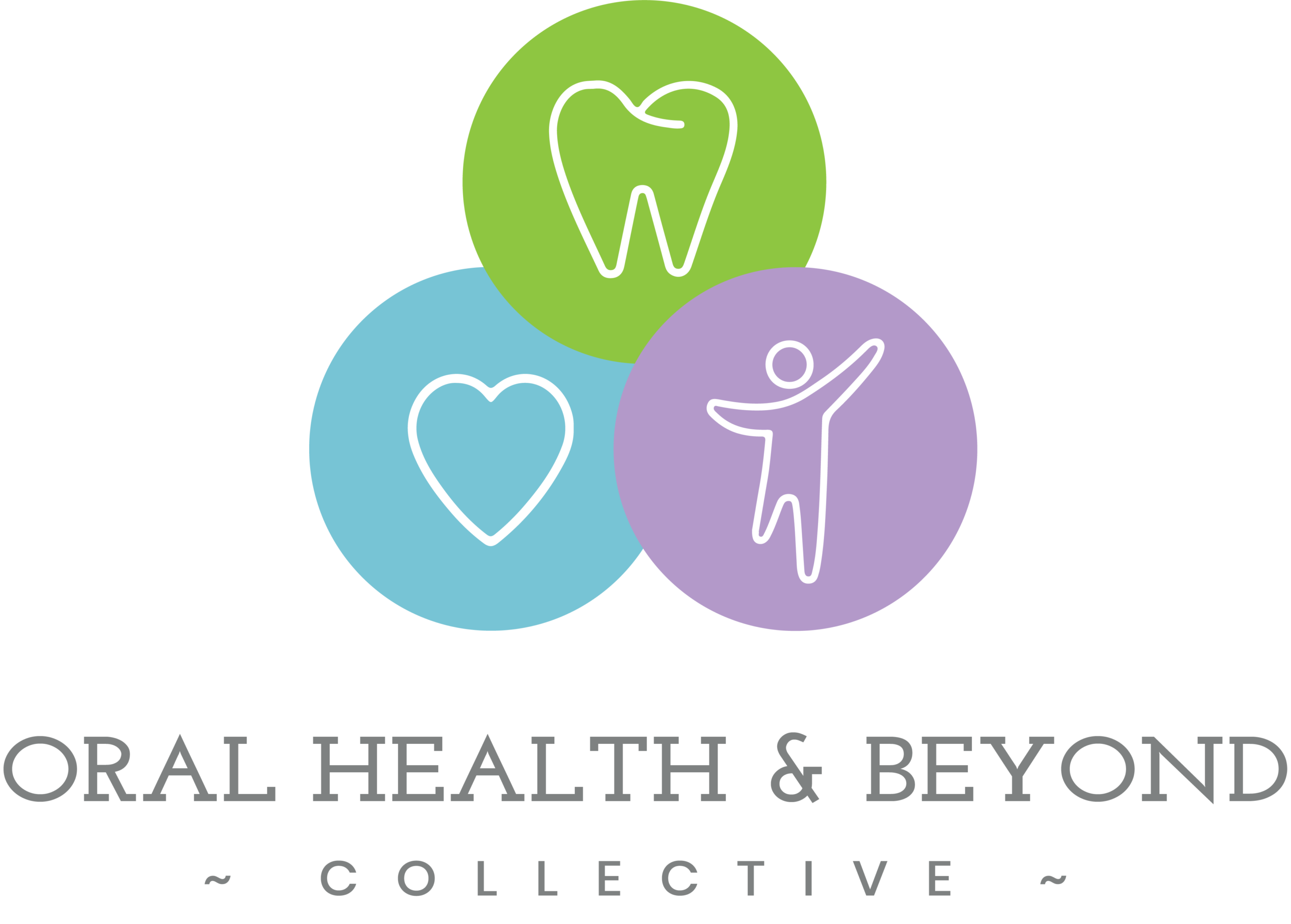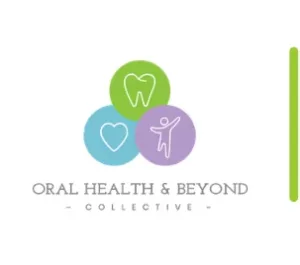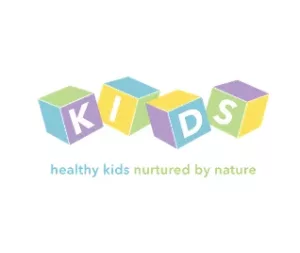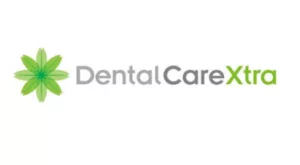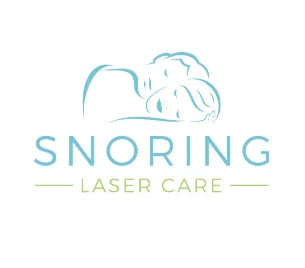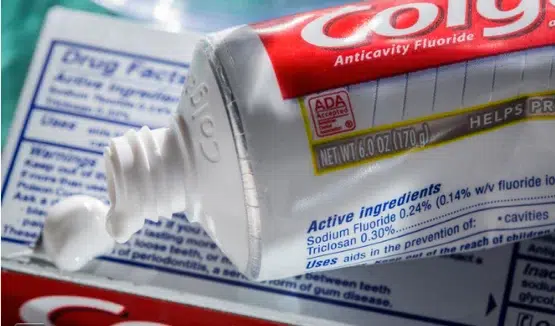
Why a Chemical Banned From Soap Is Still in Your Toothpaste
Article printed in New York Times 7 Sept 2016
Last week, the Food and Drug Administration effectively banned the antibacterial chemical triclosan from soaps. But you can you still find it in your toothpaste.

That’s because the best-selling toothpaste brand, Colgate Total, convinced the F.D.A. that the benefit of triclosan in toothpaste outweighs any risks.
Toothpastes that contain triclosan have been “demonstrated to be effective at reducing plaque and gingivitis,” said Andrea Fischer, an F.D.A. spokeswoman. Before approving the toothpaste in 1997, the agency requested that the Colgate-Palmolive company conduct toxicology studies, and the F.D.A. ultimately decided it was safe and effective.
“Based on scientific evidence, the balance of benefit and risk is favorable for these products,” Ms. Fischer said on Tuesday.
Colgate Total is the only toothpaste in the United States that contains triclosan. For some critics, the decision to take triclosan out of topical products but leave it in an oral product is a bit of a head-scratcher.
“We put soap on our hands, and a small amount gets into our body,” said Rolf Halden, a director for environmental security at the Biodesign Institute at Arizona State University, who has tracked triclosan for years. But through the gums, “chemicals get rapidly absorbed into the bloodstream.”
In a statement, a Colgate-Palmolive spokesman, Thomas DiPiazza, said the product had a far more rigorous safety review than other toothpastes.
When the company sought approval to use triclosan in 1997, it conducted a comprehensive evaluation of human safety of triclosan as part of its new drug application. The review included “carcinogenicity, reproductive and developmental toxicity, eye and skin irritation, and short term and long term toxicity,” he said.
Colgate Total toothpaste contains triclosan, an antimicrobial agent. CreditFred R. Conrad/The New York Times
The original F.D.A. submission for Colgate Total included more than 100 toxicology studies, and the company provides monitoring and safety updates annually, said Colgate.
“The full weight of scientific evidence amassed over 25 years continues to support the safety and efficacy of Colgate Total,” Mr. DiPiazza said.
The antimicrobial triclosan was first used by surgeons to sterilize hands before operating. But amid a rash of germ phobia in the late 1990s, consumer products firms began adding the chemical and others like it to everything from soaps and deodorants to laundry detergents and even baby toys.
When Colgate added triclosan to its toothpaste, debuting Colgate Total in 1997, it created a blockbuster, quickly gaining market share to become a best seller.
What happens when you add triclosan to toothpaste? In 2013, an independent review of 30 studies by The Cochrane Database of Systematic Reviews concluded that toothpastes with triclosan and fluoride outperformed those with only fluoride on several counts. When used for six to nine months, triclosan-fluoride toothpastes reduced plaque severity by 41 percent more than fluoride pastes alone. The triclosan-fluoride combination reduced gum inflammation by 22 percent more and gum bleeding by 48 percent more than fluoride alone.
For the truly dedicated, two to three years of using triclosan toothpaste showed a 5 percent drop in cavities compared with brushing with fluoride paste alone.
But soon experts began to worry that widespread exposure to germ fighters in everyday products could lead to new strains of resistant bacteria. Studies in animals have shown that triclosan and similar chemicals can disrupt the normal development of the reproductive system and metabolism.
Last week’s decision by the F.D.A. to ban triclosan in soaps came after experts pushed the agency to regulate antimicrobial chemicals, warning that they risk scrambling hormones in children and promoting drug-resistant infections.
Responding to the F.D.A. decision, Mr. DiPiazza noted that the recent F.D.A. review was less rigorous than the agency’s 1997 review.
Furthermore, he said, “the agency did not conclude that triclosan in soap was unsafe or ineffective,” just that soap manufacturers had not submitted adequate safety evidence or proof that their products were more effective than non-antibacterial soap.
He also cited the Cochrane review study that demonstrated the clear benefits of triclosan toothpaste, with no health risks. “There do not appear to be any serious safety concerns” after three years of use, the Cochrane authors concluded.
But Dr. Halden, the scientist from Arizona State, said that the Cochrane review wasn’t looking at the most serious health concerns. The review wasn’t “designed to look at hormonal effects, nor did they carry on long enough to measure the outcomes we are concerned about such as endocrine disruption,” Dr. Halden said.
Mae Wu, a lawyer for the Natural Resources Defense Council, which filed a lawsuit in 2010 to force the F.D.A. to decide about antibacterial soaps, thinks consumers should avoid using triclosan toothpaste.
“It’s aimed at preventing gingivitis, so if you’re at risk of that you might consider it,” Ms. Wu said. “But for anyone else, it may do more harm than good.”
What do dentists think?
Dr. Richard Niederman, a dentist and the chairman of the epidemiology department at the New York University College of Dentistry, isn’t particularly worried about his patients’ using triclosan-containing toothpaste.
However, Dr. Niederman, whose university has received funds from Colgate for cavity-prevention programs in New York City, said consumers had the option to switch to other products containing stannous fluoride. Stannous fluoride is an antimicrobial that also helps rebuild tooth enamel.
“I would tell my patients if they are concerned about triclosan that stannous fluoride is also very effective for reducing plaque and gingivitis,” said Dr. Niederman.
Asked why he wasn’t worried about triclosan-containing toothpastes, he said, “I’m not an alarmist.”
For more information on toothpaste, please do not hesitate to contact DentalCareXtra. Alternatively, complete the form below, and one of our friendly team members will contact you.
How Ice Affects Our Teeth and Gums
All of that might seem like a clever workaround for iron deficiency, but it comes with serious drawbacks. Tooth enamel is the strongest substance in the body, but it’s very brittle. Ice isn’t dangerous to chew merely because it is hard, but specifically because it is cold.
Crunching and grinding ice cubes (no matter how much or what their texture is) makes the enamel expand and contract like pavement in places that get a lot of snow. Just like that pavement, the enamel will develop cracks over time.
The weaker the enamel is, the more vulnerable the rest of the tooth is to painful sensitivity and decay. Chewing ice isn’t good for gum tissue either. Because of its temperature, it creates a numbing effect while chewing, which makes it harder to notice an injury if it slips and slices the gums. Ice can even chip or break teeth.
How Can I Break My Ice-Chewing Habit?
Before fighting the symptoms, it’s important to learn the cause. If the pagophagia is due to iron deficiency, iron supplements may remove the cravings to chew ice and the habit will go away on its own. If the problem is pica, a variety of interventions, from therapy to medication, are available.
If the craving is less about the ice than the crunch, we recommend replacing ice with baby carrots or apple slices. If it really is about the ice but not connected to pica or iron deficiency, try letting the ice melt on your tongue instead of crunching down on it.
Dental Professionals Can Help!
The dentist is a great person to go to if you struggle with an ice chewing habit. Another is your general physician. Here at DentalCareXtra, we can figure out what’s causing it and treat existing damage to the gum tissue and teeth, as well as preventing additional damage by helping you kick the habit. Contact our friendly team and let’s help together on breaking your Ice-Chewing Habit.
